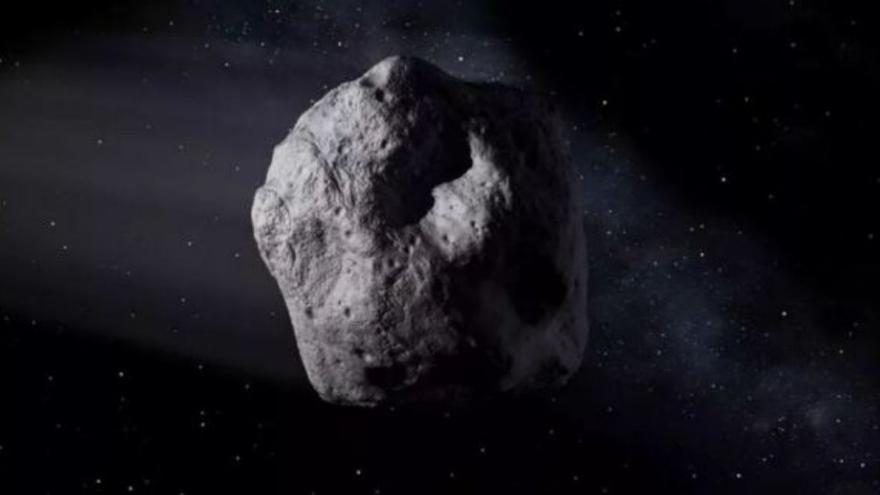Planetary Defense System ‘Rediscovers’ Fearsome Asteroid Apophis

A hundred scientists from 18 countries “simulated” a scenario of a possible impact of a dangerous asteroid on Earth. As part of this program, they re-evaluated the asteroid Apophis, which had not posed a real threat for more than 100 years, and determined its characteristics. The exercise was successful both in terms of detecting the threat and in measuring and assessing the consequences of the hypothetical impact.
A system designed to test whether planetary defense mechanisms can detect a potentially hazardous near-Earth asteroid as it approaches our planet has successfully “rediscovered” it asteroid 99942Apophisknown as the “apocalypse asteroid.” Although it will pass relatively close to Earth in 2029, Apophis will not pose a real threat of impact for 100 years or more.
Successful test
According to the researchers, the entire chain of response planetary defensefrom initial detection to orbit determination, measurement of the asteroid’s physical characteristics, and even whether and where it might hit Earth if its behavior changed in the future. The work was developed by more than 100 specialists from 18 countries, including NASA scientists and the NEOWISE mission, which is aimed at observing near-Earth objects using infrared technology.
According to the press release, infrared data collected from space significantly improved the results of this exercise. NEOWISE was able to confirm the “rediscovery” of Apophis, quickly gathering valuable information that can be used in future planetary defense assessments, such as its size, shape, and even clues about its composition and surface properties. The findings of the experiment were reflected in two new studies recently published in The Planetary Science Journal.
The Importance of Planetary Protection
big asteroids potentially dangerous (PHAs) have the potential to cause global catastrophe in the event of a planetary collision. Therefore, a rapid assessment of the physical characteristics of such an object is critical to determining the scale of its potential risk.
As scientists explained, planetary defense exercises It was conducted during the approach of the asteroid Apophis to Earth between December 2020 and March 2021. However, the research teams involved have been conducting observation campaigns since 2017 to test the operational readiness of global planetary defense capabilities.
The goal of this campaign was to locate, track and characterize Apophis as a potential impactor for planetary defense testing, including observations, hypothetical risk assessment and forecasting future risksas well as a message about potential dangers.
Data that answers
During the “test run,” data obtained from astrometric observations were available for analysis in the created risk assessment model almost immediately, which allowed real time updates calculation of the probability of impact and possible collision locations.
At the same time, the early measurement of the asteroid’s diameter, thanks to information provided by NEOWISE, provided significant information. uncertainty reduction about the range of possibilities around hypothetical impacts. The availability of various characterization techniques such as photometry, spectroscopy, and radar provided robustness to the research team’s ability to assess potential exposure risk.
European surveillance
The latest known news about this forecast is that ESA’s RAMSES (Rapid Apophis Mission for Space Safety) mission will encounter asteroid 99942 Apophis and accompany it during its close flyby of Earth in 2029, the European Space Agency reports.
European researchers will study the asteroid as Earth’s gravity changes its physical properties. Their findings will improve our ability to protect our planet from a similar object on a collision course.
(An earlier version of this article was published on July 7, 2022. It has been updated to reflect new information.)
Recommendations
Apophis Planetary Defense Campaign. Vishnu Reddy et al. Planetary Science Journal (2022). DOI: https://doi.org/10.3847/PSJ/ac66eb
NEOWISE observations of the potentially hazardous asteroid (99942) Apophis. Akash Satpathy et al. Planetary Science Journal (2022). DOI: https://doi.org/10.3847/PSJ/ac66d1
